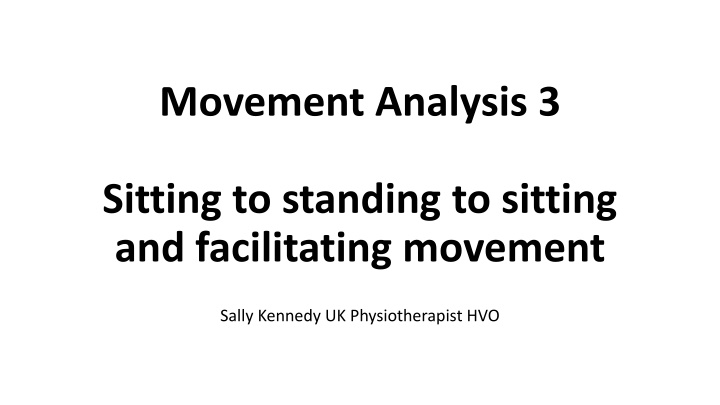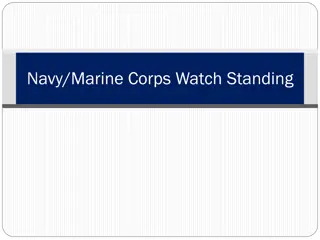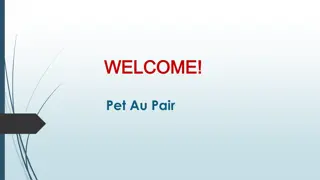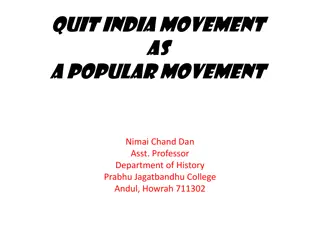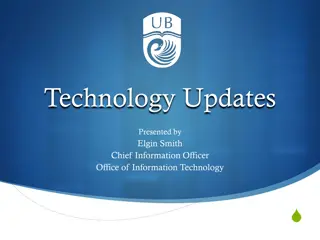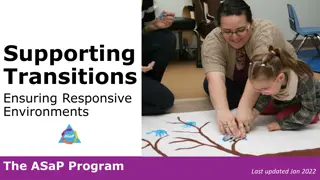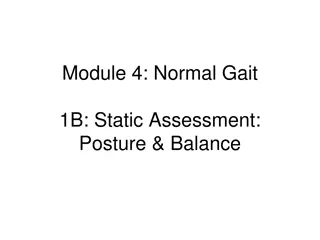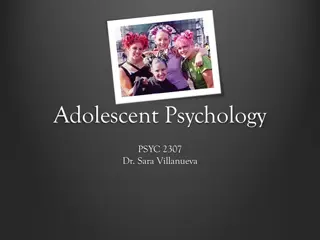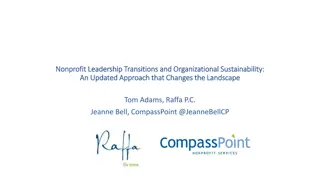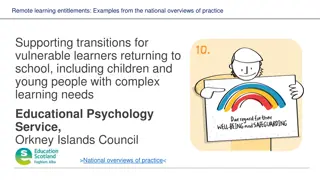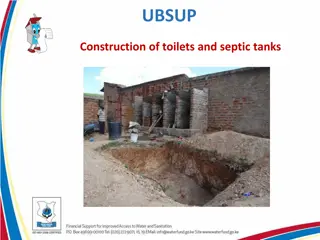Facilitating Movement in Sitting to Standing Transitions
Explore the components involved in moving from sitting to standing and back, including muscle groups, joint actions, and factors affecting movement. Discover ways to facilitate movement using neuro and MSK concepts, identify potential barriers, and learn about therapeutic facilitation techniques. Practical demonstration of key points is also discussed.
Download Presentation

Please find below an Image/Link to download the presentation.
The content on the website is provided AS IS for your information and personal use only. It may not be sold, licensed, or shared on other websites without obtaining consent from the author.If you encounter any issues during the download, it is possible that the publisher has removed the file from their server.
You are allowed to download the files provided on this website for personal or commercial use, subject to the condition that they are used lawfully. All files are the property of their respective owners.
The content on the website is provided AS IS for your information and personal use only. It may not be sold, licensed, or shared on other websites without obtaining consent from the author.
E N D
Presentation Transcript
Movement Analysis 3 Sitting to standing to sitting and facilitating movement Sally Kennedy UK Physiotherapist HVO
Aims To outline the components of moving from sitting to standing to sitting To explore the muscles groups and joint actions required to move from sitting to standing to sitting Consider potential intrinsic and extrinsic factors which may present a barrier to movement Explore ways of facilitating movement using neuro and MSK concepts
Phases of sitting to standing Note: chair without arms rests
Standing to Sitting Forward translation of the trunk over the feet Flexion of hips and knees, ankle dorsiflexion Eccentric control of gluts, quads and spinal extensors to lower the pelvis and centre of gravity Possible use of hands to support and assist with lowering the body to the seat
Factors affecting sitting / standing movement Extrinsic Seat height Arm rests Firm / soft seat Seat stability (eg wheelchair brakes) Intrinsic Muscle power Balance ability Joint ROM Pain Age Motivation
Facilitation of movement Might be needed for a number of reasons: Communication problems Eg Cognitive / language problems Weakness or stiffness in muscles and / or joints NOTE: Therapeutic facilitation is different from assisting someone to move (active assisted) or moving for them (passive movement)
How can we facilitate movement? Using hands on: Central or Proximal Key Points eg head (and eyes), thorax, pelvis Distal Key Points eg hands and feet Also consider: Use of voice Non-verbal communication eg demonstration, mirroring
Practical Demonstration of proximal and distal key points 1 thorax / ribcage 2 head and eyes 3 pelvis Demonstration of distal key points 1 hands 2 foot and ankle
In groups of 4 or 5 people: Facilitator Observe how your model performs the sit to stand to sit movement - notice initiation, foot position, use of head and hands etc Facilitate the movement using proximal and distal key points (hands only) Model Bare hands and feet / ankles Try to only move where the hands are telling you to move Close your eyes if need to listen closely, tell the facilitator how it feels! Observer Give feedback on what you see, and offer constructive criticism of the technique and handling
